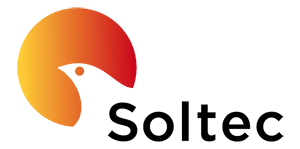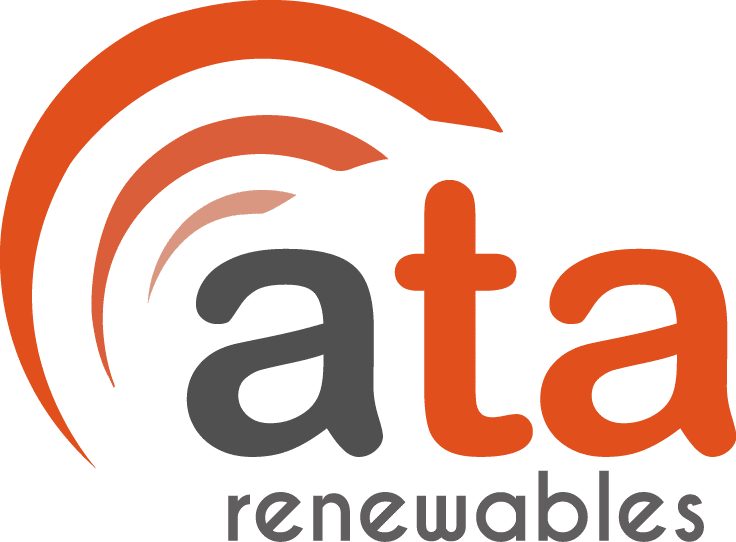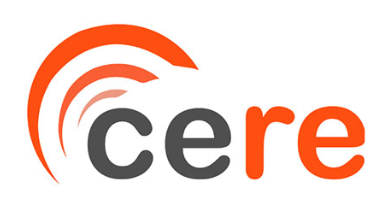
Trackers y efectos estáticos y dinámicos del viento: cómo diseñar y construir plantas fotovoltaicas estables, rentables y duraderas
Wind is a highly coveted renewable resource, which in turn can cause significant damage to solar plants and other infrastructure if not properly managed from the design phase through to operation, purchase and construction of course. Designing your plant to be wind-friendly is going to vary depending on where you are designing it and what wind resources there are. Part of this design is choosing to put trackers or fixed structures.
The increase in productivity that the use of trackers has shown makes their use in photovoltaic plants more and more common, increasing the volume of purchases of this type of structure by 40% even during the pandemic, and exceeding 30% of implementation in the outlook until 2025. Advances in optimizing solar tracker structures to balance high steel prices make them increasingly flexible and affordable.
On the other hand, by reducing their rigidity, the trackers are more exposed to the effects of the wind, which is the biggest challenge for developers when designing and building a photovoltaic plant. Facing the effects of the wind, the trackers still have several challenges ahead in order to protect the modules. Even normal winds can affect both the durability and the productivity of the plant, making differences of up to 10%.
Wind experts who identify several points with the potential to achieve up to 2-3% savings in CAPEX. With increasingly advanced tests such as wind tunnels and security studies, along with different strategies in defense positions, the sector is at a peak of improvement. To measure the different dimensions of the wind there are limitations due to the collection height, the extrapolation of the simulations to the specific reality of the terrain, and the conservatism in the building standard that usually oversizes the floors. These are the following conquest points for the designs to become ultra-personalized with millimetrically calculated risks.
In this workshop we show you the strategies to minimize the effects of wind on photovoltaic plants from tracker manufacturers and other specialist experts.
Confirmed speakers:
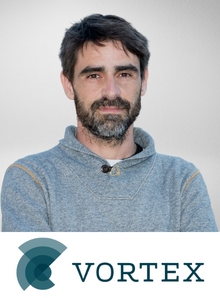
Oriol Lacave
Wind & solar meteorologist

Roberto Rodríguez
Global Head of O&M

José María Terrés
Principal

Ángel Galvan
Senior Structural Engineer

César Aguirre
Director
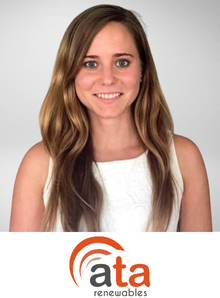
Marta Fernández
Technical Advisor

Bernd Zwingmann
Global Product Development Manager

Jorge Rodriguez
Director International Operations
Workshop schedule
To build photovoltaic plants in problematic areas in terms of wind resources, the building standard has traditionally been used as a way to ensure the stability of the trackers in photovoltaic plants. Although it is a very safe option, it oversizes the necessary resources and therefore increases the CAPEX of the project. In this session we tell you possible alternatives that make your project more competitive.
The rapid innovation in the tracker market proposes all kinds of solutions to face common problems with the wind such as fluttering, buffeting and more, highlighting among these solutions the different strategies in the defense position. In this session each manufacturer will explain the importance of the recommended angle
against the wind, as well as key information on costs, guarantees, adaptation to each type of module, etc.
Listen to all the advantages that monitoring and predictive maintenance bring to plants with trackers. Experts explain how data is collected, interpreted and used to generate useful forecasting with which to prepare the plant for relevant weather changes, react to unforeseen events and much more.


